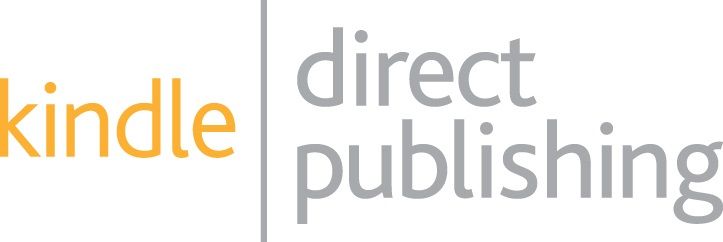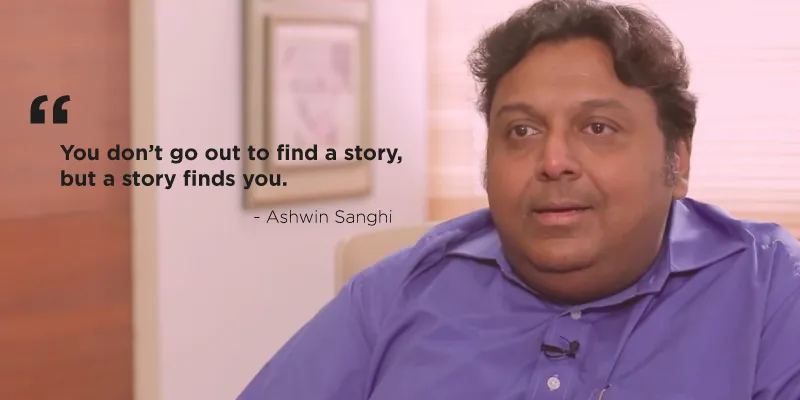
Kindle Direct Publishing
View Brand PublisherBudding authors have the right technology to get their books published: Ashwin Sanghi
If you’ve had your book rejected and are despondent, note what one of India’s most sought-after writers have to say: “I’m probably the most rejected author in the world. I was rejected 47 times by both publishers and literary agents.”
Ashwin Sanghi, who hit pay dirt by giving mythology a contemporary tweak with books such as The Rozabal Line, The Krishna Key and Chanakya’s Chant, is the right person to advise writers struggling to get their foot in the publishing world’s door. One doesn’t find success overnight, he says, and what is important is patience and leveraging the technology in publishing today. “The technological tools available today are so immense that there is no reason why you should not be able to make your book at least visible,” he says. Coming from a business background, Sanghi’s family was more into bookkeeping than book reading. But with a multi-lingual grandfather who had an appetite for the classics, and a mother who liked bestsellers, Sanghi had just the kind of immersive experience which turned him into a voracious reader.

In 2007, when self-publishing was in its infancy, this Yale graduate brought out his first book, The Rozabal Line, under the nom de plume Shawn Haigins, an anagram of his name, which eventually went on to become a bestseller in India. Back then things were very different and the audience small. But today, with self-publishing platforms such as Amazon’s Kindle Direct Publishing, aspiring authors have a great platform to put their work out in the public domain.
“I wish Kindle Direct Publishing had been around when I started out as a self-published author because it would mean that the entire process would have been seamless and effortless. Self-publishing as a concept didn’t exist prior to 2007. In fact, in those days what existed was vanity press, where you paid to have copies of your book printed. Another concept was print on demand, which meant that the publisher did not have to maintain a physical stock and could print as and when the demand arose,” says the 48-year-old Sanghi.
The drawback of self-publishing in those days was that your book would not be available in brick and mortar stores but only online, and to a limited audience. Nevertheless, he is grateful that self-publishing allowed him to get his work out there. “I had been in the market for more than a couple of years and had no luck. So self-publishing was my way of saying, ‘It doesn’t matter whether or not a publisher or a literary agent sees merit in my work: my book is out in the market.’”
Today’s authors have access to an audience through millions of devices. “The uniqueness of Kindle Direct Publishing is that you suddenly have this global market available. In addition, it also gives you a tremendous degree of control over every stage of the process -- whether it is your cover design or your manuscript or future revisions, or even how to tag your book correctly,” he says.
The other advantage to self-publishing, and a significant one at that, is in terms of returns. “If you are a budding author, deals with a traditional publisher usually tend to be skewed in favour of the publisher. On the other hand, with Kindle Direct Publishing, pricing and earnings are really controlled by you. While this means you have to put in extra effort in order to make the book work, it’s equally rewarding.”
He illustrates this with an example. Traditionally, established authors would get royalties between 7 and 17 percent. When it comes to the e-book market, royalties can rocket up to 70 percent. This is because the printing cost, the inventory cost, and any possible retailer margin have been virtually eliminated.
Sanghi says, “The experience I had as a self-published author taught me the nuts and bolts of book marketing. When you are a self-published author, you are like the CEO, the marketing director, the production in-charge, and the inventory manager: you’re doing everything. It allows you to [look] into what works and what doesn’t work.”
He also has some advice for writers. “When you are starting out with Kindle Direct Publishing, use it as a learning opportunity. Don’t make sales your only benchmark in terms of looking at your progress. Be patient and continue writing to satisfy yourself.”
Calling all aspiring authors to apply to the Pen to Publish Contest, You stand to win a Rs. 10 lakh prize, get a deal with Westland Publishing, and be mentored by a popular author.







